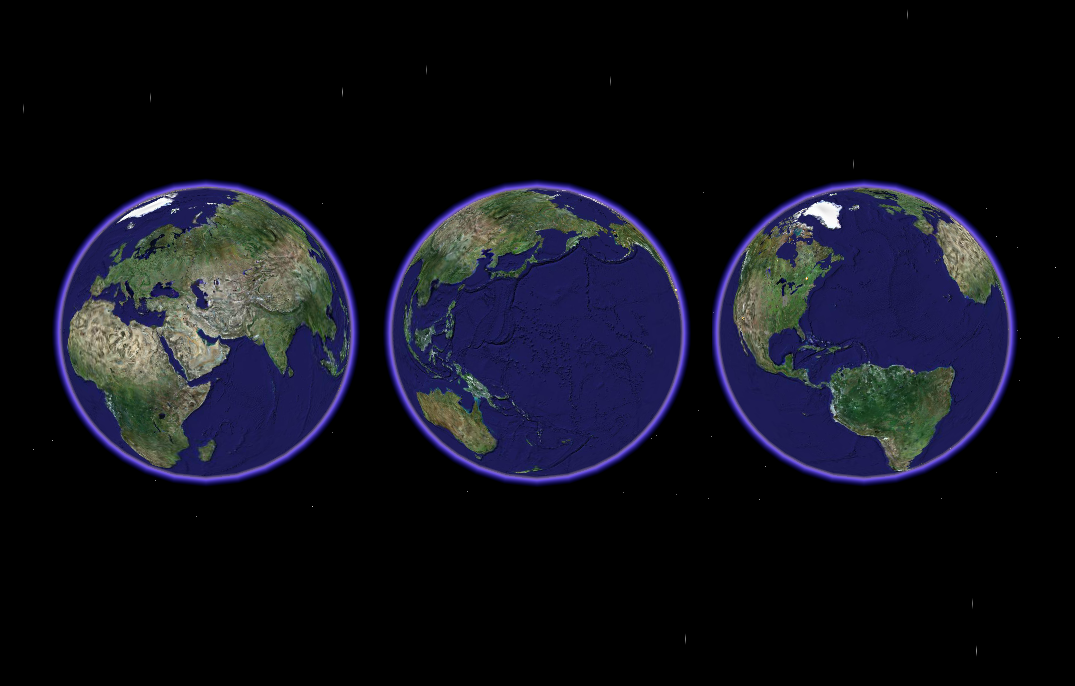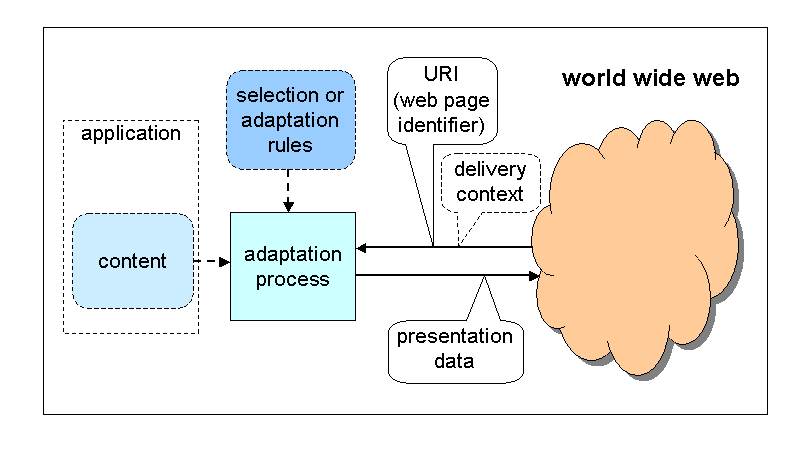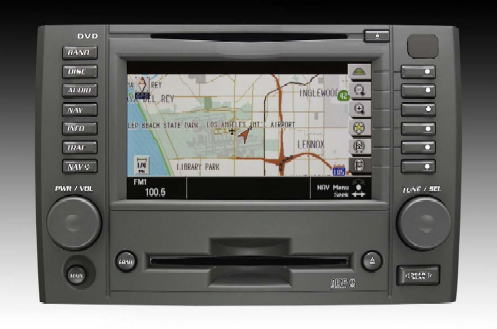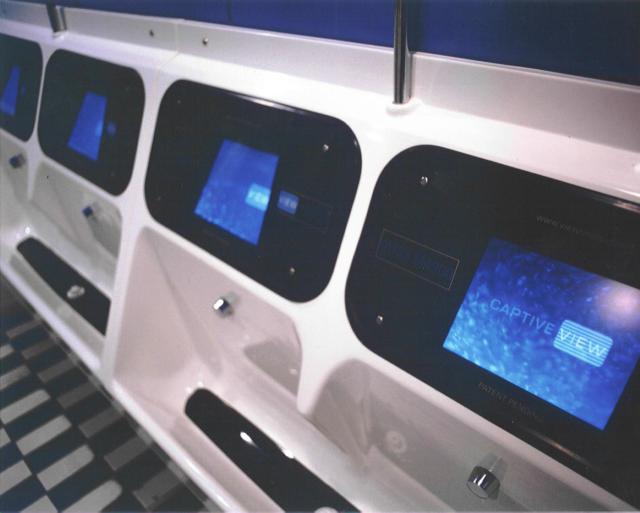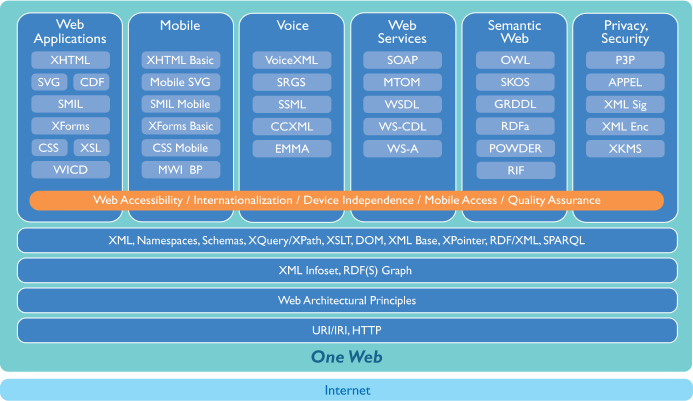Objectives
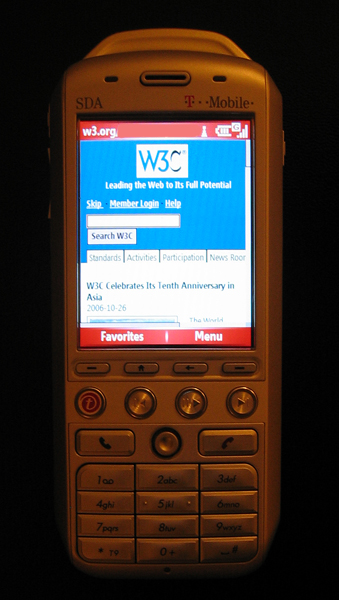
- The World Wide Web Consortium
- "One Web" Vision
- Mobile Web Challenges
- W3C's Response: Mobile Web Initiative
- Future Work and Implications
- Q&A
Mission: Leading the Web to its Full Potential
Founded by Web inventor Tim Berners-Lee in 1994
...
- W3C Provides the Vision and the Standards to
Lead the Web:
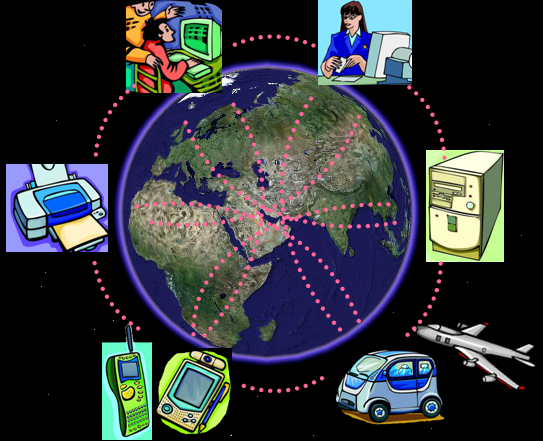 |
- From a Web of Documents ...
- ... toward One Web:
- of Data and Services
- on Everything
- for Everyone

|
(Membership / Benefits
/ New "At a Glance"
brochure)
Vision: Web on Everything

One Web ...
... where Web technologies provide the means of accessing and
interacting with content via and between all devices (computing,
communications, PIM, entertainment, embedded, transportation, industrial,
health care, etc.)
... worldwide.
Why Mobile Devices are the Next "Thing"
- 2+ billion connected. ~2/3 Web-capable. +1 million more/day.

(Source: Steven Pemberton)
Underachieving Today. Hope for Tomorrow.
- Low Data Average Revenue Per User :
- 50% of Web-capable phones are *not* configured to access the
Web
- 24% have tried only once to access a Web site
- There is hope - when the user experience is good, consistent,
etc.
- Nokia Study: 400+ users in UK, Germany, Singapore
- Browsing = 63% of data traffic
|
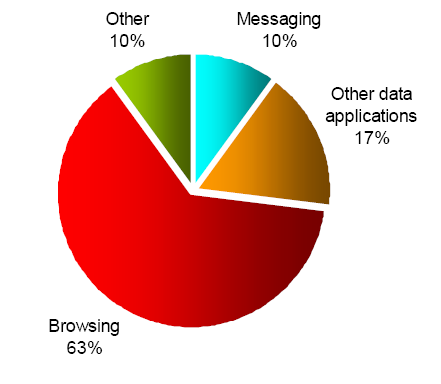 |
(Source: Esa Eerola (2005) Nokia, "How Consumers Really Use
Smartphones", MAPOS
05, Vienna)
Today, Mobile Web is Inconvenient, Inefficient
- Phones/browsers/operators require custom Web authoring for acceptable
usability
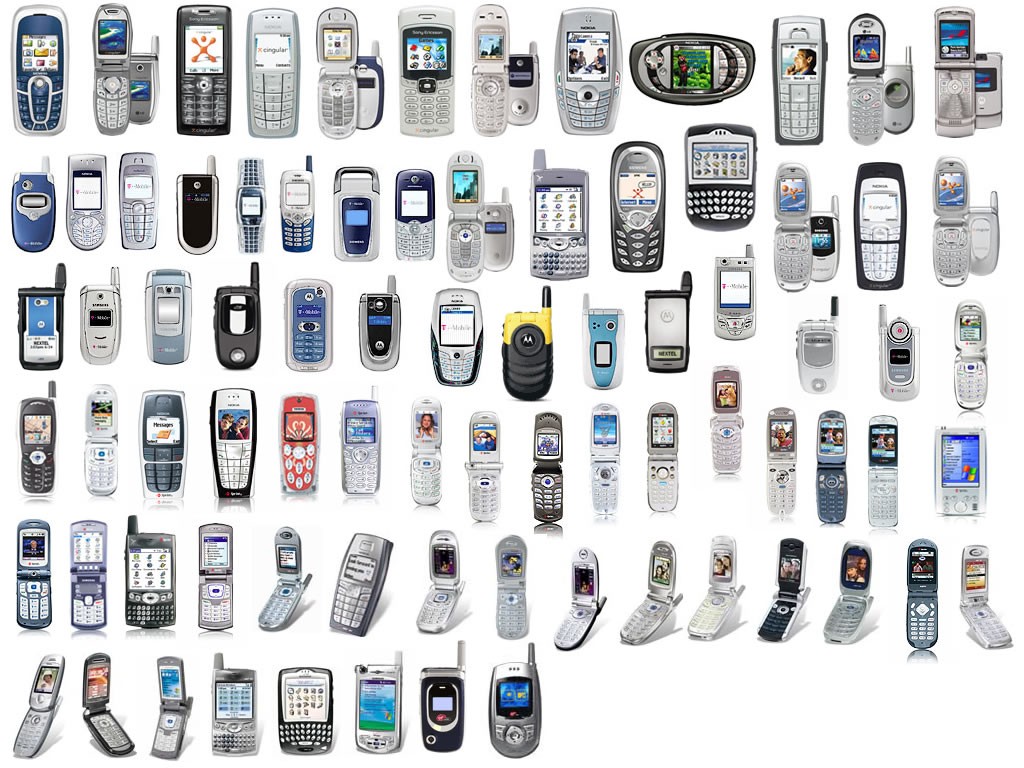
(Source: RusselBeattie.com)
... Even in Unexpected Places
- Different URIs needed to access automobile service association in
Japan.
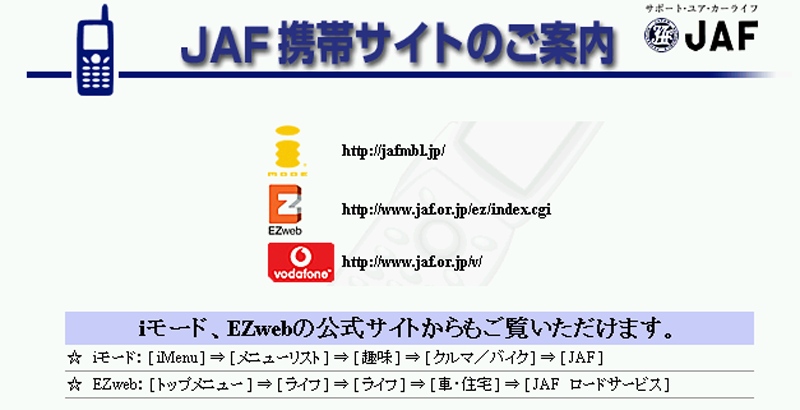
It's 1994 All Over Again ...
| Web 1994 |
Mobile Web 2006 |
| Too slow |
Too slow |
| "Walled gardens" |
"Walled gardens" |
| Lack of interoperability |
Lack of interoperability |
| Child
protection |
Child protection |
| Not accessible |
Not accessible |
... But Some Conditions are More Favorable
| Web 1994 |
Mobile Web 2006 |
| Lack of content |
Lots of potential content and developers |
| No industry |
Large potential industry |
| Web of documents |
Rich suite of technologies |
| Few connected users |
Many potentially-connected users |
| Web is a novelty |
What did we do before the Web? |
Solution for Web Mobility?

... We can probably do better than this :-)
Goal of W3C's Mobile Web Initiative
To make access to the Web on mobile devices as -

- seamless
- reliable
- cost-effective
- useful
- as desktop / laptop Web access
One Web
- ... unfragmented by devices, browsers, operators, content providers
...
Leadership
- Group Participants
- Sponsors plus: AOL, AT&T, BBC, Boeing, CDAC, ETRI, El
Mundo, Fondation CTIC, Fondation ONCE, GoDaddy, Google, HTML
Writers Guild, Indus Net Technologies, Infraware, ICRA,
Microsoft, NeoMtel, Openwave, Royal National Institute for
the Blind, SK Telecom, T-Online, Telefonica, University of
Helsinki, WURFL Team ... with others joining over time.
|

.
.
|
Best Practices Working Group
 |
- Mobile Web Best Practices 1.0 (Proposed
Recommendation)
- Guidelines for authoring content for good user experience,
through effective delivery to and display on mobile
devices
- Leveraging existing Web standards
- XHTML, CSS, SVG, XForms, SMIL, etc.
- Informed by existing guidelines (e.g., Nokia, DoCoMo,
Openwave, Opera, WCAG, etc.)
- Techniques document under development
- "mobileOK"
scheme under development
- Implementations
|
Best Practices Guidelines Focus on Usability
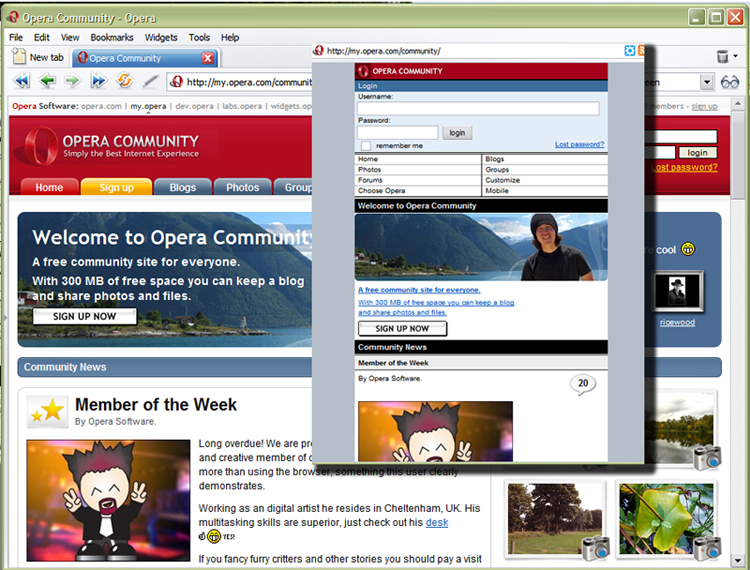
Device Description Working Group
 |
- Adaptation of content requires knowledge about device
- Completed:
- Future:
- Core and API for Device Description Repository
- Key device properties, vocabulary, method for
extensions
|
Liaising with Other Efforts and the Public
- Coordinating requirements and implementation with other organizations
Possible Next Steps in MWI
- Test suites
- Validation services
- Multimodal (e.g. voice, touch, etc.)
- Profile of Web technologies
- Training
- Discovery
Web Mobility = Web for Everyone

The Mobile Web will accelerate Internet access around the world by
solving the "last kilometer" problem
- Commerce, healthcare, education, eGov, communication ... [ex: der
Spiegel]
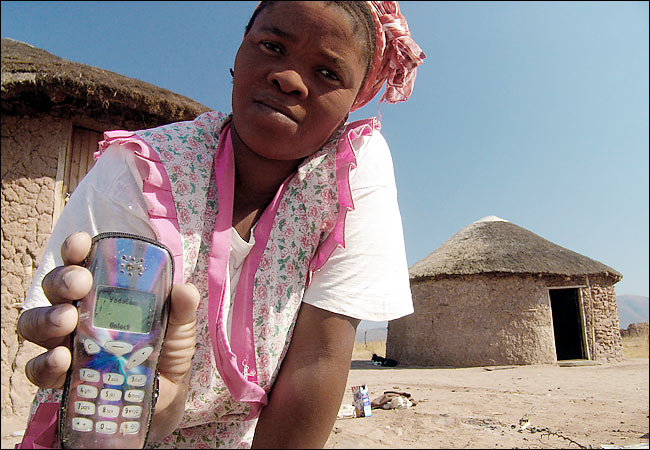
Interested in Learning More?

(extra slides follow: W3C Background, Technologies, Membership,
Developing Countries Stories)
Who are W3C's Members?
"Third-class companies make products; second-class companies
develop technology; first-class companies set standards."
- W3C's Members includes
...
- most of the world's leading IT companies
- other large and small companies
- academic and research institutions
- government agencies
- non-profit organizations
- ... which are ...
- developing Web-based products
- using Web technologies
- conducting research on the Web
- developing specifications built upon W3C's work
* popular saying in Chinese business and
government, from "China’s Post-WTO
Technology Policy: Standards, Software and the Changing Nature of
Techno-Nationalism", by Richard P.
Suttmeier and Yao Xiangkui.
Full-fee
Members (Jul 2006)
Mobile Web in Developing Countries
From "Bridging the Digital Divide", GSM Association, 2006.
- Pricing
- In Kenya: Agricultural Commodity Exchange (KACE) provides real-time
market prices for the country and the region to farmers, as does Drum
Net.
- In Uganda: FOODNET Livestock Market Information System provides
information on commodity prices and market opportunities to
agricultural stakeholders.
- Services aimed at the agricultural and fishing industries exist in
Senegal and South Africa run by Manobi.
- Mobile banking is providing many million of people with access to
benefits of financial services for the first time.
- In the Philippines: SMART and Globe lead in providing mobile
banking along with over-the-air remittances from Filipino workers
abroad.
- Africa: MTN Banking launched last year and Safricaom has developed
M-PESA.
- Healthcare
- Education
- Communication with the world
